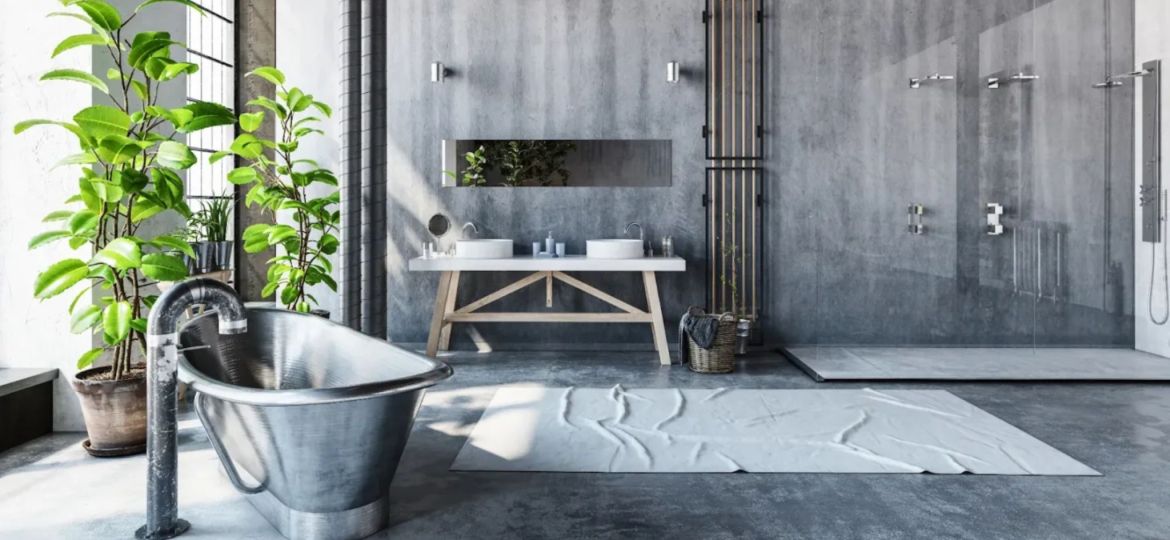
Eco-Friendly Plumbing Solutions for Sustainable Living
In the quest for a more sustainable world, our everyday choices play a crucial role. One often overlooked yet immensely impactful area is plumbing. Embracing eco-friendly plumbing solutions not only conserves water and reduces environmental impact but also promotes a healthier, more sustainable lifestyle. Here’s how innovative plumbing practices can make a significant difference.
1. Low-Flow Fixtures: Efficiency at Its Best
Low-flow fixtures are a game-changer in reducing water consumption without sacrificing performance. By installing low-flow faucets, showerheads, and toilets, households can drastically cut water use. Modern low-flow devices utilize advanced technology to maintain pressure and efficiency, ensuring that you enjoy the same quality with significantly lower water usage. This small change can lead to substantial water conservation and lower utility bills.
2. Smart Irrigation Systems: Care for Your Garden and the Planet
For those with gardens or green spaces, smart irrigation systems offer an eco-friendly solution to water management. These systems use weather data and soil moisture sensors to optimize watering schedules, ensuring that plants receive the right amount of water at the right time. By avoiding overwatering and reducing runoff, smart irrigation conserves water and promotes healthier plant growth, benefiting both your garden and the environment.
3. Rainwater Harvesting: Utilizing Nature’s Gift
Systems for collecting and storing rainwater are used in homes. This eco-friendly practice reduces dependence on municipal water supplies and lowers water bills. Collected rainwater can be used for various non-potable purposes, such as watering gardens, flushing toilets, and even washing laundry. By utilizing this natural resource, homeowners contribute to water conservation efforts and reduce the strain on local water systems.
4. Greywater Recycling: Reuse to Reduce
Greywater recycling systems treat used water from showers, sinks, and washing machines, making it reusable for non-potable applications like irrigation or toilet flushing. This innovative approach reduces water waste and decreases the demand for freshwater. Greywater recycling not only conserves water but also minimizes wastewater discharge, lowering the environmental impact.
5. Tankless Water Heaters: Hot Water on Demand
Traditional water heaters continuously heat and store water, consuming energy even when not in use. Tankless water heaters, on the other hand, provide hot water on demand, eliminating the need for a storage tank and reducing energy consumption. These energy-efficient systems not only save on utility bills but also reduce the home’s carbon footprint, contributing to a more sustainable living environment.
6. Eco-Friendly Pipe Materials: Sustainable Choices
Choosing eco-friendly pipe materials, such as PEX (cross-linked polyethylene) or recycled metal pipes, can make a significant difference in plumbing sustainability. These materials are durable, require less energy to produce, and have a lower environmental impact than traditional options. Opting for sustainable pipe materials promotes resource efficiency and reduces the environmental footprint of your plumbing system.
7. Regular Maintenance: Prevention is Key
Maintaining and promptly repairing your plumbing system prevents leaks and reduces water wastage. Regular inspections and upkeep ensure that your eco-friendly plumbing solutions continue to operate efficiently. By addressing issues early, homeowners can avoid water damage and unnecessary resource consumption, contributing to a sustainable future.
Conclusion
Adopting eco-friendly plumbing solutions is a powerful step toward sustainable living. By incorporating low-flow fixtures, smart irrigation systems, rainwater harvesting, greywater recycling, tankless water heaters, and choosing sustainable pipe materials, we can significantly reduce our environmental impact. These innovations not only conserve water and energy but also enhance our quality of life, driving positive change for a greener, more sustainable future.

